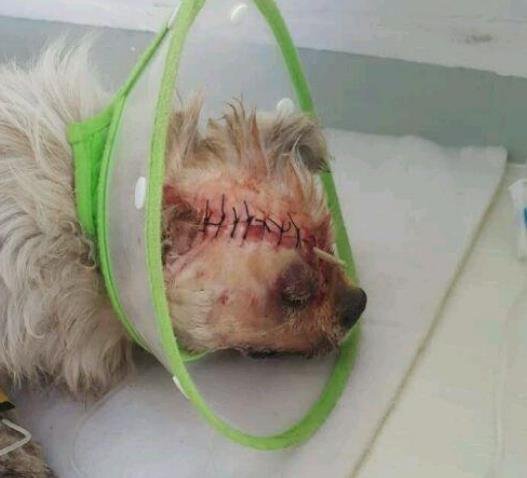
Caring for a Dog After Surgery: Tips for Managing Stitches
Introduction
Post-surgery care for your dog is crucial for a smooth and speedy recovery. Managing stitches properly can prevent complications and ensure your furry friend is back to their happy self in no time. This guide will help you understand how to look after a dog with stitches effectively.
Monitoring the Incision Site
Regularly inspect the incision site to ensure it is healing correctly. Look for signs of redness, swelling, or discharge, which may indicate an infection. If you notice any of these symptoms, contact your veterinarian immediately. Keeping the area clean and dry is essential to prevent infections.
Preventing Your Dog from Licking the Stitches
Dogs naturally tend to lick their wounds, which can disrupt the healing process. To prevent this, use an Elizabethan collar (also known as a cone) or an alternative protective garment. These will help keep your dog from reaching the stitches and causing any further damage.
Managing Activity Levels
Restricting your dog’s physical activity is vital during the recovery period. Avoid letting them jump, run, or engage in rough play, as these actions can strain the stitches and hinder healing. Take your dog on short, controlled walks and provide a calm, confined space for resting.
Administering Medications
Your veterinarian may prescribe medications to manage pain and prevent infection. Ensure you follow the prescribed dosage and schedule strictly. If your dog shows any adverse reactions to the medication, contact your vet for advice.
Follow-Up Visits
Follow-up visits to the vet are crucial to monitor your dog’s recovery progress. Your vet will check the incision site, remove stitches if necessary, and address any concerns you may have. Adhering to these visits ensures your dog heals properly and avoids complications.
Conclusion
Properly looking after a dog with stitches involves monitoring the incision site, preventing licking, managing activity levels, administering medications, and attending follow-up visits. With these steps, you can help your dog recover smoothly and return to their playful self in no time.
American Dingo animal behavior Budget Tips canine behavior Canine Care Canine Health DIY pet projects dog behavior Dog Breeds dog care Dog Care Tips dog exercise Dog Food Dog Grooming dog health Dog Measurement dog nutrition dog ownership dog potty area Dog Training Dog Wound Care Family Pets Hunting Dogs lipomas in dogs newborn puppy care obedience training outdoor pet care Pet Care Pet Care Tips Pet Health Pet Loss Pet Safety pet tips pet training Positive Reinforcement Potty Training Puppy Care puppy health Puppy Training Rabies in Dogs Temperature Monitoring Training Tips veterinary advice Veterinary Care Veterinary Tips



Leave a Reply
You must be logged in to post a comment.